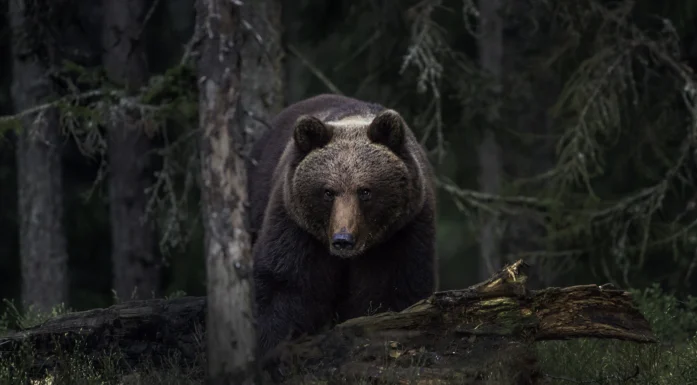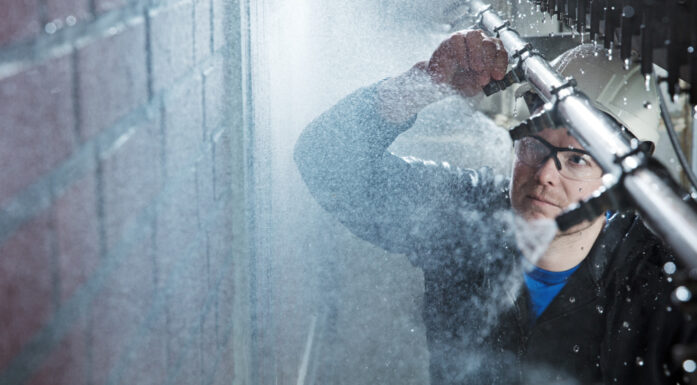Keeping Arctic villages, infrastructure from falling into the sea
The Arctic is set to be a 21st century boomtown, as summer sea ice melts away, opening the area to increased trans-Arctic shipping and oil and gas development. A new understanding of Arctic coastal erosion offers clues to how to best protect the docks and other infrastructure this development will bring.
THE ARCTIC: Coastal erosion is a worldwide problem that will grow ever more difficult as sea levels rise and coasts are battered by more powerful storms. But nowhere is coastal erosion a bigger challenge than in the Arctic, where frozen soils result in erosion rates that are 3-4 times faster than in more temperate regions.
That’s a big threat for arctic villages and for infrastructure located on the coast. A report by the US Government Accounting Office in 2009 estimated that 200-plus native villages in Alaska are affected by erosion and flooding, with 31 villages in imminent danger. Arctic coastal erosion on the Norwegian arctic archipelago of Svalbard and the northern coasts of Russia also threatens the stability of docks, piers, oil terminals and other infrastructure built for oil and gas development in the region.
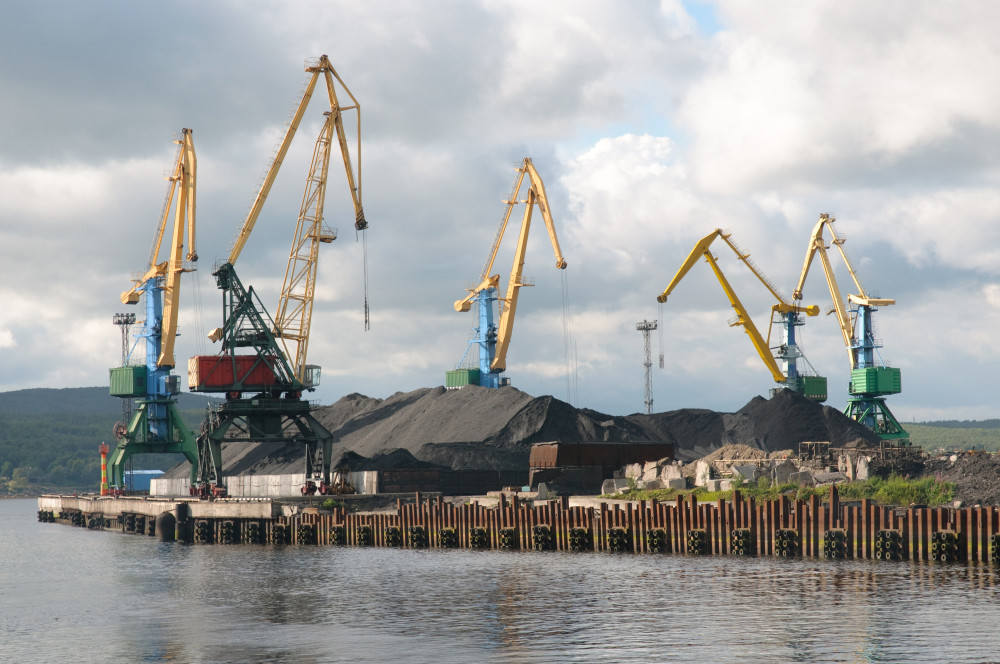
As sea levels rise and winter ice recedes, arctic coastal infrastructure, like this coal loading terminal in Murmansk, face potentially increased erosion problems. Photo: Thinkstock.
NTNU postdoc Emilie Guegan saw Arctic villages struggling with erosion first-hand, when she sailed along the Northwest Passage in 2008. “It was a huge problem with the native communities,” she said. “They have a lot of erosion problems, and many had to move their communities.”
Guegan was so affected by the situation that when she saw an announcement posted by NTNU’s Sustainable Arctic Coastal and Marine Technology (SAMCoT) programme for a PhD position on arctic coastal erosion, “I knew it was for me.” She is originally from France with a master’s degree in geology from the University of Otago in New Zealand.
Now, in a series of papers, Guegan and her colleagues report on an important mechanism that is a major cause of coastal erosion in the Arctic — which in turn offers clues as to how the problem can be combatted. The research was a collaborative between her colleagues from the University Centre in Svalbard (UNIS); SINTEF, Scandinavia’s largest independent research institute; and Moscow State University and the Zubov State Oceanographic Institute in Russia.
- You might also like: Awash in trash at the top of the world
Year-round research important
Waves are the obvious culprit in coastal erosion, which certainly do damage in more temperate climates. That’s one of the big fears with climate change and the Arctic: the retreat of sea ice increases the potential for wave erosion, since there will simply be more open water over a longer time period to batter the coast.
Another reason that waves have played such a big part in explaining coastal erosion in the Arctic is that most of the erosion studies are conducted during the summer, when it is logistically much easier to get to sea cliffs and see what is happening.
But limiting your research window to just the summer means that you only study half of the situation, Guegan says.
“Before us, the theory was that coastal erosion was mostly due to wave action, but that is because it is really hard to do field work in the winter and observe different processes,” she said.
She and her colleagues got around this challenge by installing year-round time-lapse cameras at one research site on Svalbard.

A time-lapse camera set up on an eroding cliff in Svalbard helped researchers see the mechanisms that were chewing away at the cliff and causing it to fall into the sea. Photo: Emilie Guegan
They also buried dozen of special measurement probes called thermistors in the area of eroding cliffs, which enabled them to make a year-round profile of the soil temperatures, which is especially important in areas of the Arctic where there are frozen soils.
They compared soil temperatures with air temperatures so they could see how they related to each other. The researchers conducted similar tests in the Varandey area and Baydaratskaya Bay of northern Siberia.
- You might also like: Extreme weather in the Arctic causes problems for wildlife, people
Frozen ground is not so frozen
A key difference between soils in temperate areas and in the Arctic is that most arctic soils are permanently frozen. The top layer of soil often thaws in the summer and refreezes in the winter, but Arctic soils are essentially full of ice. In an area with frozen soils, the strength of a soil depends closely to its ice content and therefore its temperature. If it thaws, a soil loses its strength.
As Guegan and her colleagues looked at what was causing the cliffs they were monitoring to erode, they realized that the two key factors were the frozen soil, commonly called permafrost, and the amount of snow cover.
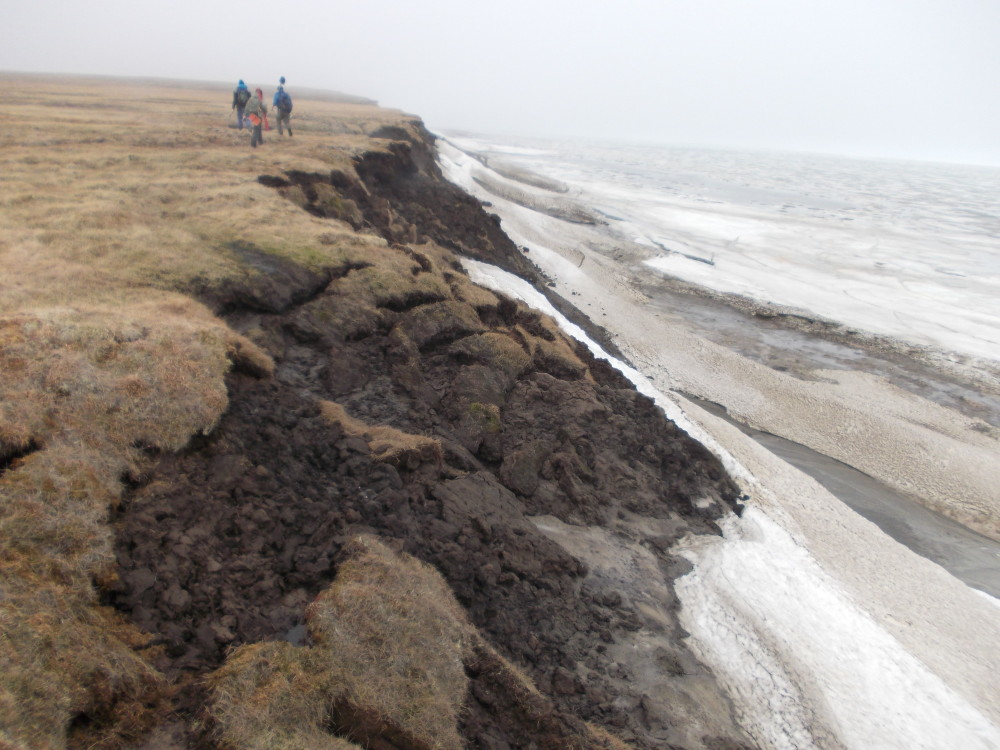
Snow insulates cliff faces along Baydaratskaya Bay, which, when it melts, causes the bluff itself to melt away and retreat. This is a case where wave action clearly had nothing to do with the erosion, since the bay is completely covered with sea ice. Photo: Emilie Guegan
“Snow has huge impact on the coast,” Guegan said, because of the strong winds that are common in the treeless areas of the Arctic. These winds blow snow from the tops of cliffs and dump it in big piles against coastal bluffs, which are somewhat protected from the wind.
“The snow is insulating,” she said. “It makes it so that the coastal bluff can’t be that cold. When ice (in the soil) is frozen, it is very stable. But because the snow is insulating the cliffs, the cliffs are melting underneath.”
So even if air temperatures drop to -30 degrees C or lower, which is not uncommon, temperatures in the cliffs that are insulated by snow will be much warmer.
- You might also like: Crash course
Erosion severe on the Russian coast
Guegan and her colleagues saw this most dramatically in Russia. When they arrived at their research site along the Baydaratskaya Bay coast, the sea was still covered in ice. “That means you are sure there is no wave action” to cause the erosion, she said.
Then, “as we saw the snowbank retreating, we saw the coastal bluff, which was 10 metres high, literally melting away,” she said.
This is more than an academic question along the Russian coast, where government officials are investing heavily in developing the petroleum reserves locked under the sea.
For example, an oil terminal on the Varandey coast had to be shut down in 2006 because the bluff it was near was crumbling away. The airstrip serving the settlement of Varandey is also threatened by erosion, which officials are trying to prevent by putting protection at the toe of the receding coastal bluff, and by putting fences near the airstrip to keep sand and soil in place.
Fixing the problem
A common approach to preventing coastal erosion is to put sandbags against the eroding cliff, with the idea that this will keep waves from battering the cliff toe, causing it to break up. Waves also carry away soil from the bottom of the cliff, which weakens the bluff. If enough material is removed from the bottom of the cliff, it will collapse.
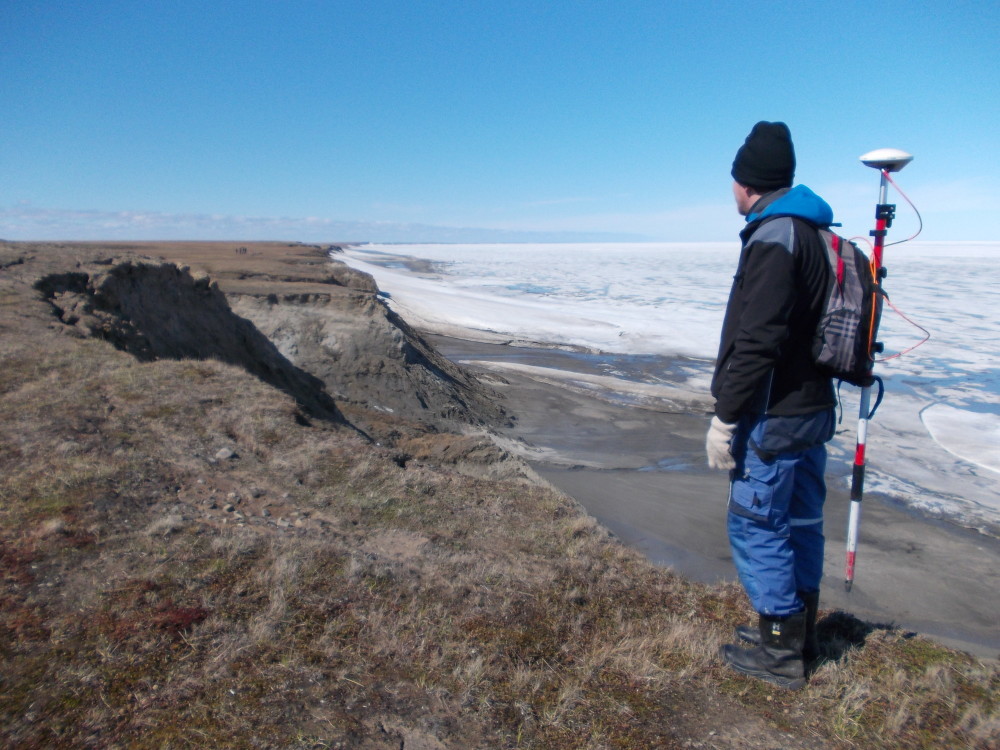
Researchers conducted a survey using GPS along the Baydaratkaya Bay coast to monitor the rate at which the cliffs are eroding and retreating from the sea. Some sites retreated several metres a year from thermal erosion. Photo: Emilie Guegan
But the problem in the Arctic is that the coasts erode due to both thermal and mechanical factors. When a frozen bluff thaws, it loses its strength and collapses, and then the batter of waves can also do damage. The waves also carry away soil that has fallen from the bluffs. This combination of factors means new coastal protection designs need to be developed for Arctic coasts, Guegan said.
“We need to understand first what is happening so we can design proper protection for the coast,” she says. “If we don’ t know what is triggering this retreat, we can’t build a design to protect for it. The soils we work with in the Arctic, frozen soils, we need to understand their behaviour.”
“Usually all the protection is for the effect of waves, it is only mechanical protection, but now we are saying hold on, this is not only mechanical, your bluff is also melting away,” she said. “Even if you avoid wave erosion, your bluff will collapse behind the coastal protection, that is a new finding. You also have to put in thermal protection.”
A lifelong project
Guegan, 32, is originally from France, but has studied in Quebec, at the University of Laval, and in New Zealand, where she took her master’s in geology from the University of Otago in Dunedin. There, her research took her to Antarctica, to study the Trans-Antarctic Mountains.
But her passion for the Arctic began when she spent a year at UNIS, in the Arctic Geology programme, and she experienced the beauty and the wildness of the north first-hand.
The experience led her to work for four years in Svalbard in between her master’s and her PhD. She worked for the Norwegian Polar Institute and other research groups as a field assistant, and as an outdoor guide, where she learned to drive a dogsled.
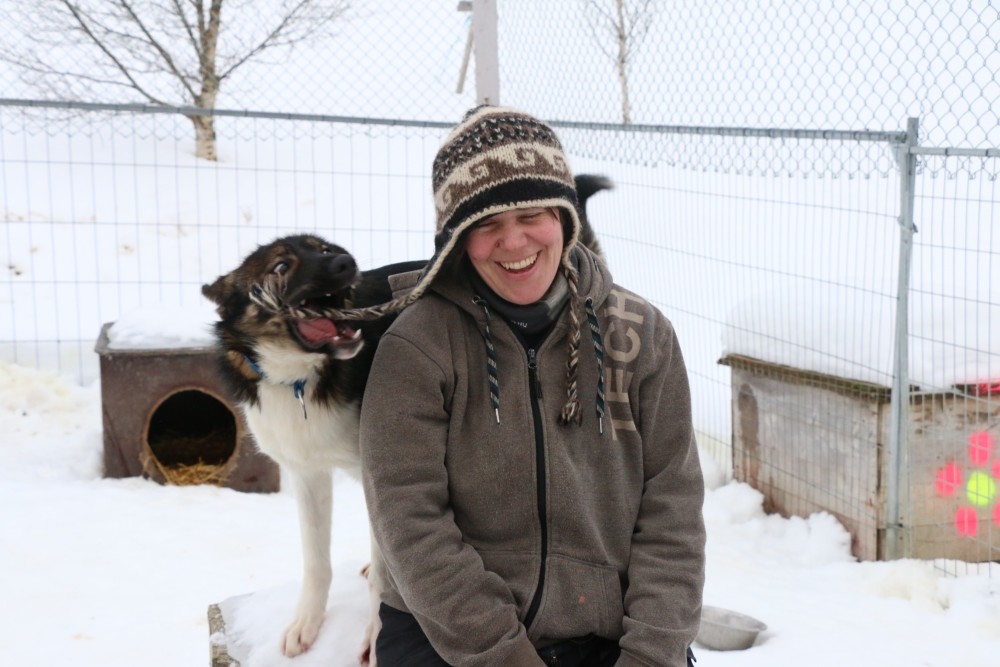
Emilie Guegan has 12 sled dogs that she trains for long distance racing, including this playful puppy. Photo: Nancy Bazilchuk
Guegan’s postdoc builds on the research she did for her PhD, where she will continue her studies of frozen soils and erodibility, as well as build a computer model that allows her to combine what she has learned about cliff stability and erosion with information on wave action.
“It is huge, I could spend my full academic career on this topic,” she said. “We know almost nothing about frozen soils.”
Five years ago, she decided to invest in her own dogsled team, and now has 12 dogs. She competes in long-distance dogsled races, such as the Femund Race in an area southeast of Trondheim, where dogsled teams can compete in a race as long as 600 km.
“I am lucky enough to combine both of my passions in the Arctic,” she says, her research and driving dogs. “It is my dream.”
References:
Emilie Guegan and Hanne Christiansen. 2016. Seasonal Arctic Coastal Bluff Dynamics in Adventfjorden, Svalbard. Permafrost and Periglacial Processes, in press.
Emilie Guegan, Anatoly Sinitsyn, Osip Kokin and Stanislav Ogorodov. 2016. Coastal Geomorphology and Ground Thermal Regime of the Varandey Area, Northern Russia. Journal of Coastal Research, in press.
